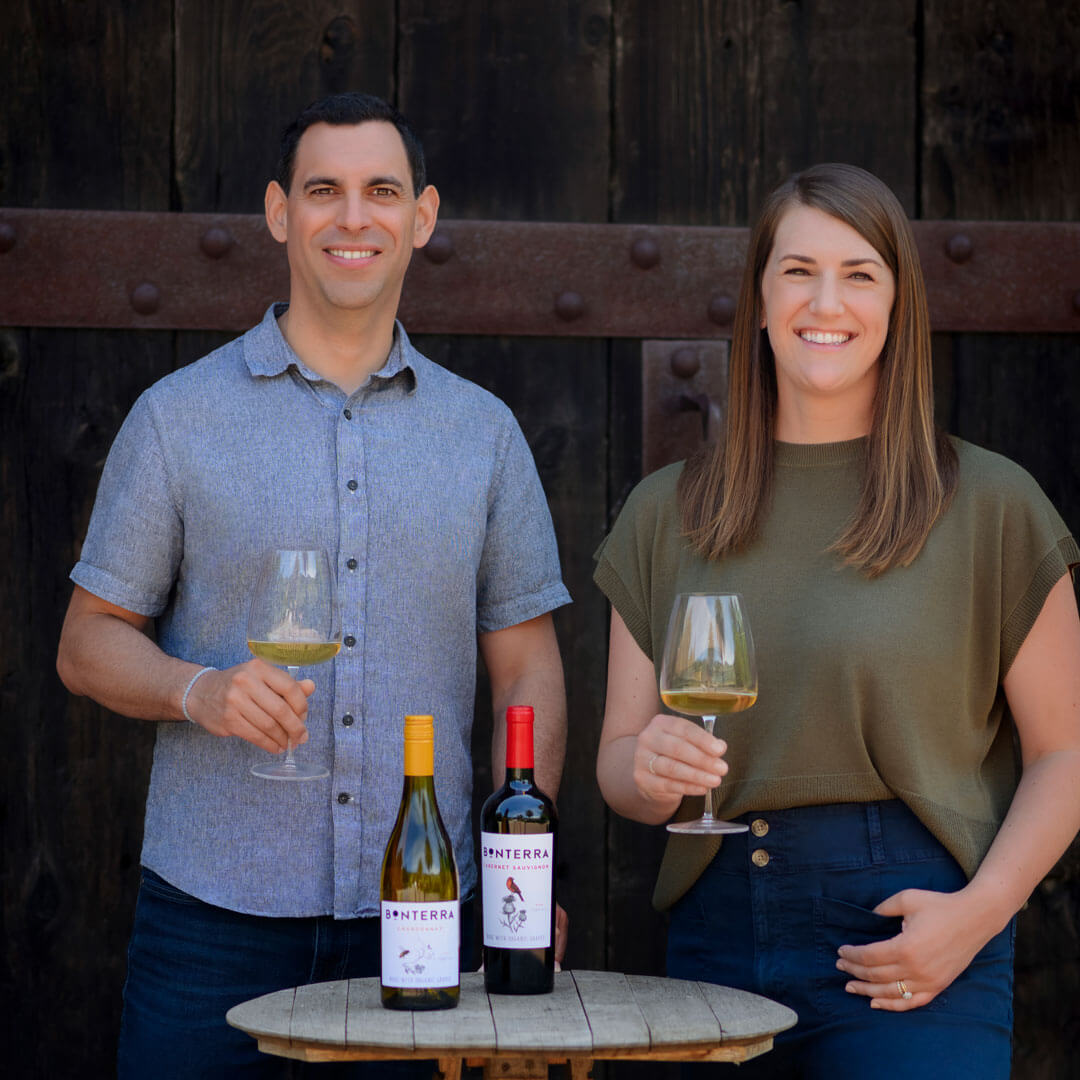Chardonnay, a beloved white wine, stands out as one of the most popular varietals globally. A versatile grape, Chardonnay can boast a wide range of flavors, which makes it a favorite among wine enthusiasts. In this blog, we aim to unravel the nuances of the Chardonnay grape and explore the various factors that shape its flavor profile and how you as a wine enthusiast know what to look for.
The Basic Flavor Profile of Chardonnay Wine
So what does Chardonnay taste like? This popular white wine varietal often showcases primary fruit-driven flavor profile with tasting notes of apple, pear, citrus, and tropical fruit. The flavors expressed in different brands of chardonnay can vary significantly depending on the climate and wine region in which it is grown in addition to the decisions of the winemaker during fermentation. Cool climate Chardonnay tends to exhibit crisp and mineral characteristics, while warm climate Chardonnay leans towards a richer and creamier profile, embracing a luscious mouthfeel.
How Aging and Production Methods Affect Chardonnay
Winemakers face many decisions during the fermentation process, including what vessel in which they should age a particular wine. Choosing the right vessel will impact the flavors the finished wines will highlight the most. The most common choices are stainless steel tanks and oak barrels, but some winemakers will choose to use a combination of vessels depending on the flavors they wish to focus on.
Stainless steel fermentation preserves the fresh, fruity characteristics of Chardonnay, allowing the natural fruit flavors to shine through with crisp acidity and bright aromatics. Wines aged in anything other than an oak barrel are often called “Unoaked Chardonnays”. Unoaked Chardonnay often showcases citrus, apple, and mineral notes in its flavor profile, highlighting the purity of the fruit and the terroir in which the Chardonnay grapes were grown.
One of the key flavors associated with Chardonnay, especially California Chardonnay, is an “oakey” or “buttery” flavor. The influence of oak barrels during aging infuses the wine with additional layers of flavor, imparting notes of vanilla, butter, and caramel. These oak-derived nuances complement the fruit-driven core of Chardonnay, creating a harmonious balance between fruitiness and oak-induced complexity. But the oakey/buttery Chardonnay flavors don’t just come from oak influence!
The distinctive “oakey” or “buttery” flavor found in Chardonnay is often the result of a winemaker’s choice to have the wine undergo a secondary fermentation, called malolactic fermentation. Malolactic fermentation is a process where tart malic acid is converted into softer lactic acid, resulting in a reduction of acidity and a creamier texture in the wine. This transformation to lactic acid adds depth and richness to Chardonnay, contributing to its characteristic roundness in the mid-palate (or the weight of the wine on the tongue).
Because the processes of aging in an oak barrel and malolactic fermentation often happen at the same time, it is the combination of these two factors that contributes to the distinctive flavor profile of California Chardonnay; a balance of fruitiness, creaminess, and complexity.
Food Pairings for Chardonnay
The versatility of Chardonnay allows for a wide range of food pairings, catering to different styles and preferences. When it comes to matching Chardonnay with food, understanding the wine’s specific characteristics and flavor profile is key to creating a harmonious pairing that enhances your dining experience.
For unoaked or lightly oaked Chardonnay wine, which often exhibits fresh and vibrant fruit flavors, seafood, poultry, and vegetable dishes make excellent companions. The crisp acidity and bright fruit tasting notes of these Chardonnays complement lighter fare, such as grilled shrimp, roasted chicken, or summer salads, enhancing the flavors of the dishes without overpowering them. The clean and refreshing qualities of unoaked Chardonnay wines make them a versatile choice for casual meals and outdoor gatherings, adding a touch of elegance to everyday dining.
A richer, oaked Chardonnay with its creamy texture and complex flavor profile pairs beautifully with heavier dishes that can stand up to their body and intensity. Creamy pasta dishes, smoked meats, and rich fish like salmon or lobster are ideal partners for oaked Chardonnays, as the wine’s buttery and toasty notes complement the richness of the food. The depth and structure of oaked Chardonnays make them well-suited for special occasions and celebratory meals, where their bold flavors can shine alongside indulgent dishes.
Discovering Your Chardonnay Preference
Experimenting with different expressions of Chardonnay can help you find the flavors you like best. Understanding the flavor profile of Chardonnay can make your wine and dining experiences more enjoyable. Engage in wine tasting experiences to try different types of wine to see what suits your taste. For information on how to make your next tasting experience unforgettable, visit our wine tasting tips. If you’d like to buy wine online today, check out the Bonterra Chardonnay collection and explore our wines made in 100% organic wineries in the wine region of Mendocino County. Whether you’re expanding your palate with other refreshing whites like Sauvignon Blanc, or venturing into the varied types of red wine with our distinguished Pinot Noir, Bonterra wine offers a diverse selection that promises to cater to every taste and occasion.
Deepen your exploration with a membership to our Wine Club? Each quarter, you’ll receive a selection of our finest wines, featuring both exclusive, limited production bottles and beloved classics, perfectly tailored to enhance your wine experience. Interested in more unique selections? Explore our wine gift sets for specially curated collections that promise to elevate any occasion. Learn more and take your wine tasting experience to new heights today!




